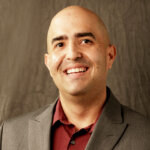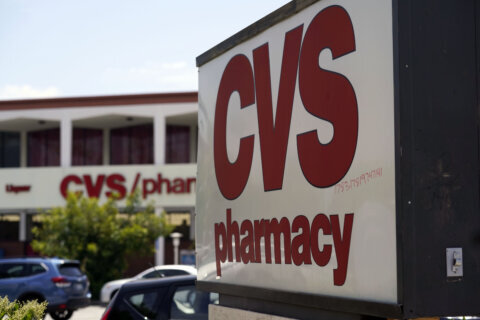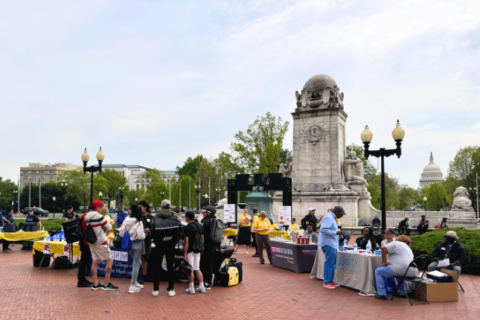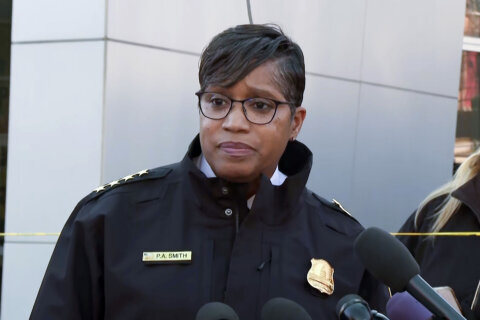D.C. has released a draft version of its plan to move the District closer to racial equality.
It’s called D.C.’s Racial Equity Action Plan, and Mayor Muriel Bowser said it will serve as the beginning of a roadmap to make D.C. prosperous for every resident.
“We also know that … decades or some would say centuries of discrimination have intentionally blocked Black and brown people out of opportunities to build wealth, which have compounded these deep inequities,” Bowser said.
In addition to outlining some already-announced initiatives, the action plan focuses in large part on the D.C. government and steps that will be taken, such as in training and hiring practices, to make the District an equitable employer. The plan also aims to make sure D.C. programs are evaluated through a racial equity lens.
The mayor said she is also seeking input from residents on what should be inside the plan.
“I’m asking everyone to submit those ideas, to think about the problems that you see in your neighborhood, maybe the problems that you see in your own family, including your hopes and dreams for your own life, your professional trajectory or that of your children and grandchildren,” Bowser said. “And think about ways that the government can be a part of the solution.”
At a roundtable discussion on the topic at Shiloh Baptist Church in Northwest, some of the disparities facing Black and brown D.C. residents were highlighted.
Derek Griffith, co-director of the Georgetown Racial Justice Institute, spoke about some of the stark life-expectancy differences seen within the District. According to a DC Health report, people living in the Woodley Park neighborhood in Northwest live on average 89 years, and residents across the Anacostia river near St. Elizabeths in Southeast have an average life expectancy of 68 years.
He believes addressing that reality takes more than just improving access to health in an area.
“Quality of health care, those things are important, but they’re not the primary drivers of health. Where people live, how they live, how stressful their lives are, the resources and opportunities that they have — all of those things are actually the bigger determinants of health,” Griffith said.
In the action plan, the District added a list of indicators that take into account many of those factors.
Tony Lewis, a community organizer and the vocational development coordinator for D.C.’s
Court Services and Offender Supervision Agency, said more needs to be done to help people who have served prison time better their lives upon release.
“We have to remove barriers, like I think things like record sealing and expungement, which are possible in neighboring states,” Lewis said. “ … We can’t really do that for felonies here.”
Joseph Leitmann-Santa Cruz, executive director of the nonprofit Capital Area Asset Builders, said that even though society has the wealth and the resources to lift people out of poverty and put them on a path to wealth creation, there’s a lack of will to do it.
He pointed out one big difference that some Black D.C. residents encounter when getting car insurance.
“The Black Southeast resident is paying three times more than an affluent white driver in the District of Columbia,” Leitmann-Santa Cruz said.
The higher rates come to residents with lower credit scores, he said, and that needs to be prevented.
“What in the world does a credit score have to do with the driving capacity of a District resident?” Leitmann-Santa Cruz said.
Another participant in the discussion was Sasha-Gaye Angus, who is the leader of affordable housing and community development for MANNA homes. It works to get low- to moderate-income residents into homes.
“Our solution to addressing that is to create housing, not at the $900,000 level, but at a sales price that will be affordable to lower-income households,” Angus said.
Residents can review the District’s action plan on the Office of Racial Equity’s website.








